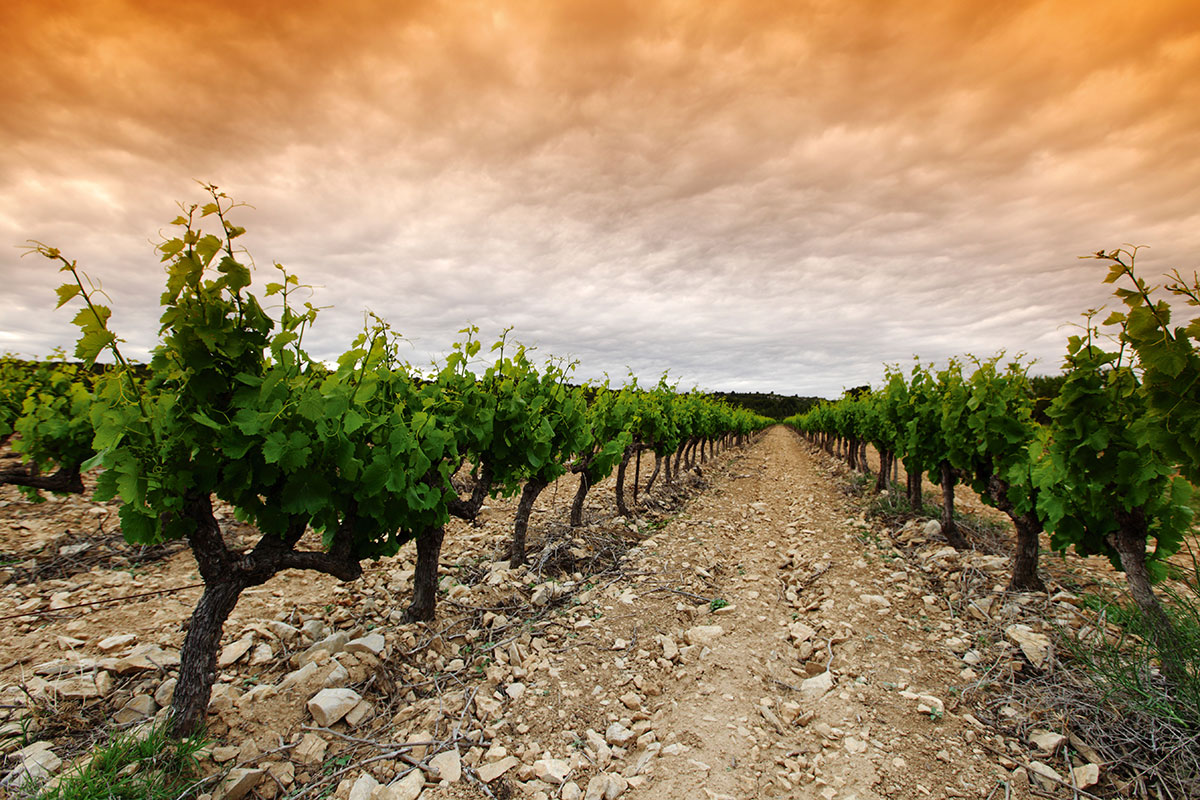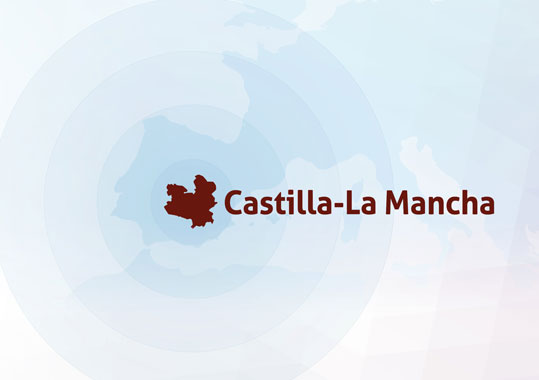About Castilla – La Mancha
Castilla La Mancha Region of Spain is defined as the largest area of vineyards in the world. The Region groups together the municipalities that shape the provinces of Albacete, Ciudad Real, Cuenca, Guadalajara and Toledo. A landscape of windmills and castles, at the very heart of Iberia Peninsula, and famously depicted in Miguel de Cervantes universal work The ingenious nobleman Don Quixote de la Mancha.
The Region of Castilla La Mancha in Spain is known as the most extensive vineyard in the world, with more than 500,000 hectares (1.235.526 acres) dedicated to the vine, approximately half of the surface dedicated to vine growing in the country.

Near 20 million hectoliters (528,344.102 US gallons) are produced on an annual basis, generating 38,000 jobs and involving 112,000 farmers.
Around the culture of wine flourishes a high quality enotourism. A model of sustainable and ecological tourism that guarantees strong and stable growth of the service sector in Castilla La Mancha.
About CLM wines
Ranging from the moment the vines are planted through to distribution, from the land to the glass, wines undergo a complex and natural cycle of evolution. A process in which the plant, the fruit, the must and the wine are meticulously cared for and coddled in order to allow it to flourish with the Quality that the wines produced in Castilla La Mancha are renowned for.
The variety of the vine along with the climate and the soil are all factors that determine the Quality of the fruit, having a direct impact on the flavor, color and aroma of the wine. The vineyards of Castilla La Mancha are to be found on a great plateau of loose and healthy soil, with a clear wine growing vocation. The soil is a combination of clay and limestone and its lithological nature is variable depending on the area of origin, a factor that favors its diversity and agricultural profiting.
The climate of the region is adequate in order to obtain high quality wines: a Mediterranean climate with continental degradation. Extremely marked seasons and important temperature differences (daily and seasonal) favors the production of aromas. Also, the region's scarce rainfall is compensated with the abundant underground water bearing formations and with the the Introduction of drip irrigation and vine trellis systems, which among others, allows for mechanized harvesting and rationalization of other tasks.
Sunlight, a fundamental factor involved in the vine's physiological phenomena, is absolutely favorable in this region. In general terms, if the average Spanish vineyards receive more than 2500 hours of sunlight, the vineyards of Castilla a Mancha obtain about another thousand hours, circumstance that some have defined as the "viticulture of the light".

